LG G5 vs Galaxy S7 - What you need to know before buying
As fast as MWC 2016 arrived, so did the dust around it settle. Now that we have room for a bit of a breather (thanks to the distractions of virtual and augmented reality), we can stake stock at the spoils of war. You've heard the spiels, you've read the impressions. Now it's time to pass judgment. Which flagship tickles your fancy, enough for you to put down a few hundred bucks to buy one. Usually, smartphones are so similar that it's harder to choose between them. This year, however, Samsung and LG have drawn the line a bit more clearly to make things both a bit easier to some extent.
The Lowdown
It's impossible to compare smartphones without comparing their specs. In the past, that has greatly determined which smartphone was better. Recently, however, most flagships have tended to sport similar internals, varying mostly by who makes the chips and parts. So while still significant, these specs aren't always the deal breaker in this particular face off. Still, they are worth noting, so without further ado:
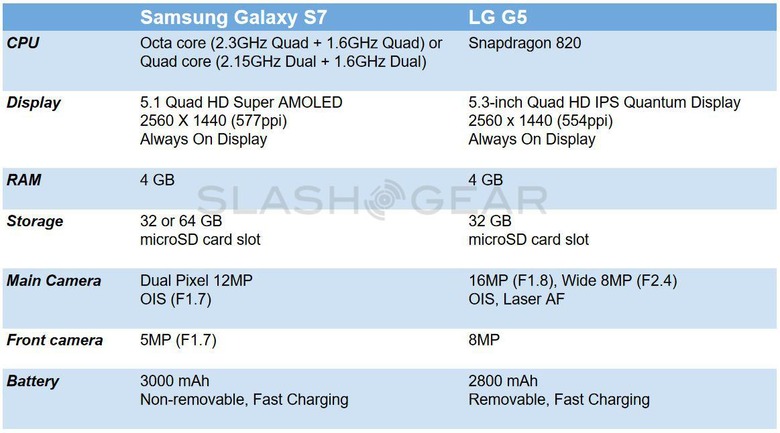
Right off the bat, you might already be able to spot some of the similarities, like in RAM, storage configurations, wireless connectivity, biometrics, and fast charging. They even have very close sizes and weights. The differences, however significant, are also subtle, so they deserve a closer look.
The Feature Face Off
Display
It would almost be too easy to write off the differences between the two screens. Both have QHD resolutions though the LG G5, with its larger 5.3-inch spread, has a lower pixel density than the Samsung Galaxy S7's 5.1-inch screen. While barely imperceptible to most eyes, that is not where their greatest difference lies. Samsung has forever been using OLED, specifically Super AMOLED, on its flagship devices. The LG G5, on the other hand, still uses LCD technology. Normally, that doesn't always matter much to most users, except the exceptionally meticulous ones, but here they are quite significant because both advertise always-on screen features for popping up notifications even when the screen is off. On an AMOLED screen that is a walk in a park. On an LCD screen, it's harder to pull off. Of course, LG promises there is very little impact on battery life, but that is something that has yet to be tested in the wild.
Camera
The cameras are also noticeably different and, again, it might feel a bit too easy to compared megapixel count directly. We've already learned our lesson there. Samsung intentionally reduced its megapixel count in order to make room for larger pixels as well as a new dual pixel AF system. The results of this change has already been making rounds on the Internet. On the other hand, LG hasn't increased it camera sensor's megapixel count but did add a second one with a wider angle. It's not merely a 3D gimmick, as we'll soon see, but here we already see the two rivals' different focus when it comes to photography.
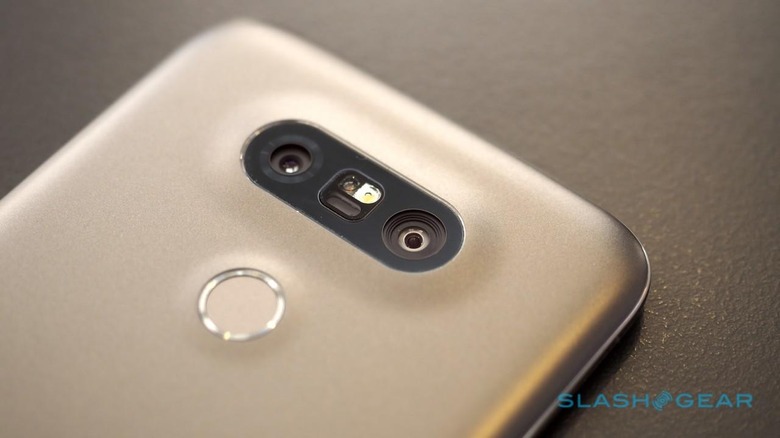
Battery
Batteries have been one of the most hotly debated topics when it comes to Samsung's and LG's smartphones, with Samsung taking the most flak for making last year's flagships have non-removable batteries. Samsung hasn't budged on that aspect, but it offered a compromise in terms of size. Samsung thinks that offering a larger 3,000 mAh battery, paired with fast charging capabilities would be enough to silence at least most of the critics. On the other hand, the G5 has only a slightly lower 2,800 mAh battery but is still removable. The twist is that the removable aspect is now part of a bigger, modular story.
Design
Consumers recently have become more sensitive to the design of their smartphones, no longer settling for something that just works but also for something that looks and feels great. Samsung has more or less nailed down its design language so it changed very little this time around. It did, however, make a slight modification to make the Galaxy S7 and even the Galaxy S7 edge easier to hold, by curving the back's edges as well. In contrast, LG practically made a U-turn in terms of design. It has reversed direction on the rear-side controls, particularly the volume buttons, that its flagships have been sporting since the LG G2 in 2013. It did leave the power button there at the back and even added a fingerprint sensor beneath. Gone too is the curve that LG has been singing about in the G4. All of these changes were necessary because of what the LG G5 was ultimately designed to do.
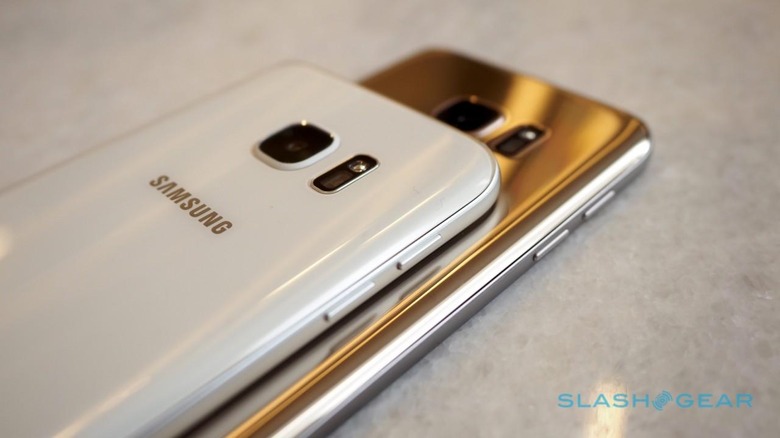
Samsung Galaxy S7: The Road Warrior's Weapon
Hardware specs aside, the biggest difference between the two Android smartphone giants is in the focus of their purpose, which can be seen in their feature set, or lack of it. Compared to the LG G5 or even the Galaxy S6 before it, the Galaxy S7 is less flashy, almost subdued. It's no underdog, no doubt about that, and it didn't feel it needed to prove something with fancy new and unfamiliar features. In effect, it was like Samsung was saying that the Galaxy S6 was fine, all it needed was some refinement and tweaks and it would be perfect.
The Galaxy S7 was seemingly focusing on stability and reliability, especially on the road. The Galaxy S7 has one of the highest IP ratings ever given to smartphones, IP68, making it a rugged smartphone you can practically use anywhere and under any condition. The battery will still be a sticking point, but power packs and cases can stretch out life for a bit. OLED-based always on display makes sure you can see your notifications when and where they matter the most. Whether it be for work, even and especially work that involves photography, or play, the Galaxy S7 wants to project an image of reliability and no-nonsense productivity.
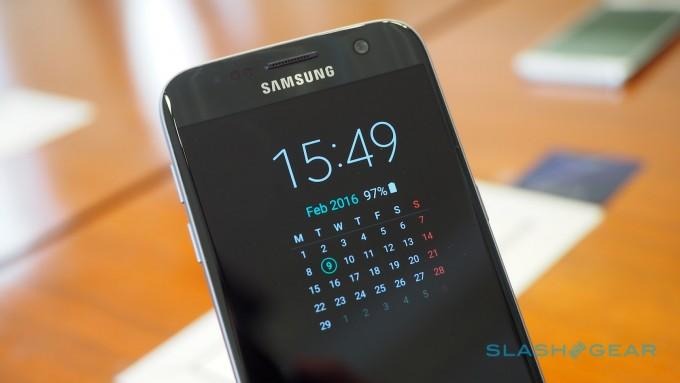
LG G5: The Tinkerer's Toolbox
That's not to say that the LG G5 is unreliable, unstable, or unproductive. On the contrary, LG must have felt so confident that it has practically reached the pinnacle of smartphone perfection in terms of standard specs that it could dare venture into more experimental areas. Like the dream of a modular smartphone. There are limits to what you can physically cram inside a smartphone, which in turn limit what the smartphone can do. It follows that when you allow a smartphone to be extended, you also extend the functionality.
To an extent, that is basically what the LG G5 is, a "smartphone plus". The modular design of the smartphone would allow users to choose how to perfect and almost perfect device, whether by adding Hi-Fi audio capabilities, more powerful manual controls, or even a drone controller. It is a very enticing and exciting idea but it definitely comes with its own risks. In particular, the strength of the G5 will largely depend on the modules that will be available for it. It presents an almost paradoxical situation. By itself, the LG G5 is a flagship that can stand tall and proud. But without those modules, it would also seem inadequate.
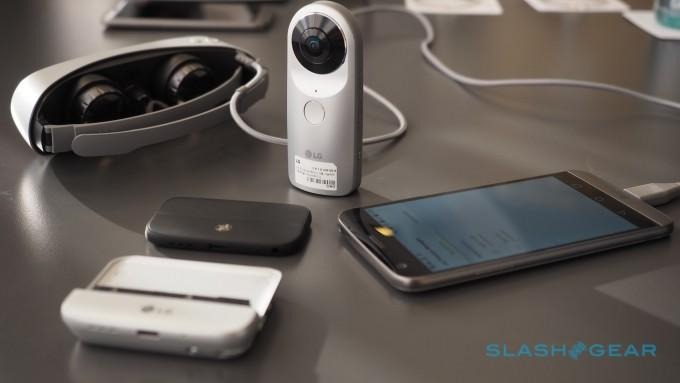
Wrap-up
Consumer choices choices are, more often than not, driven by wants and needs. Budget definitely plays a factor but buyers will observe how budget can sometimes "miraculously" expand when the desire is great. Never before has Samsung and LG drawn the line more clearly than with this year's flagships. Done with flipping and flopping in features and design, Samsung delivers a Galaxy S7 that is serious, almost somber, mature, and less flamboyant than its predecessors. Done with designs and features that have been refined for years, LG is daring users to go on exciting adventures with the G5 and its little friends. Both will undoubtedly serve as fine Android smartphones. The question is where you want to take your next smartphone, or where you want it to take you.
